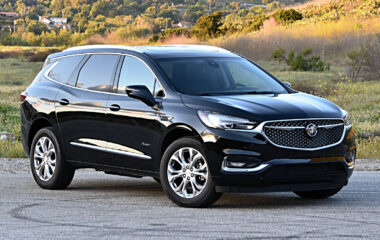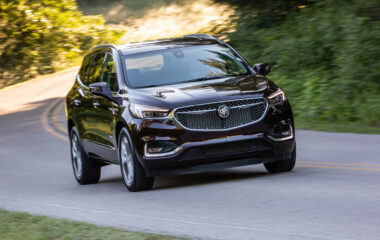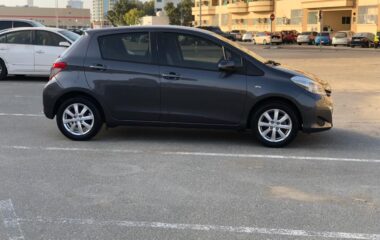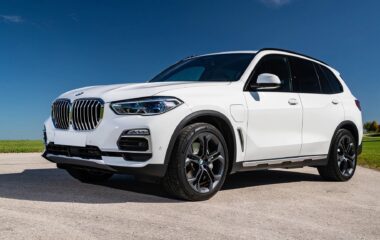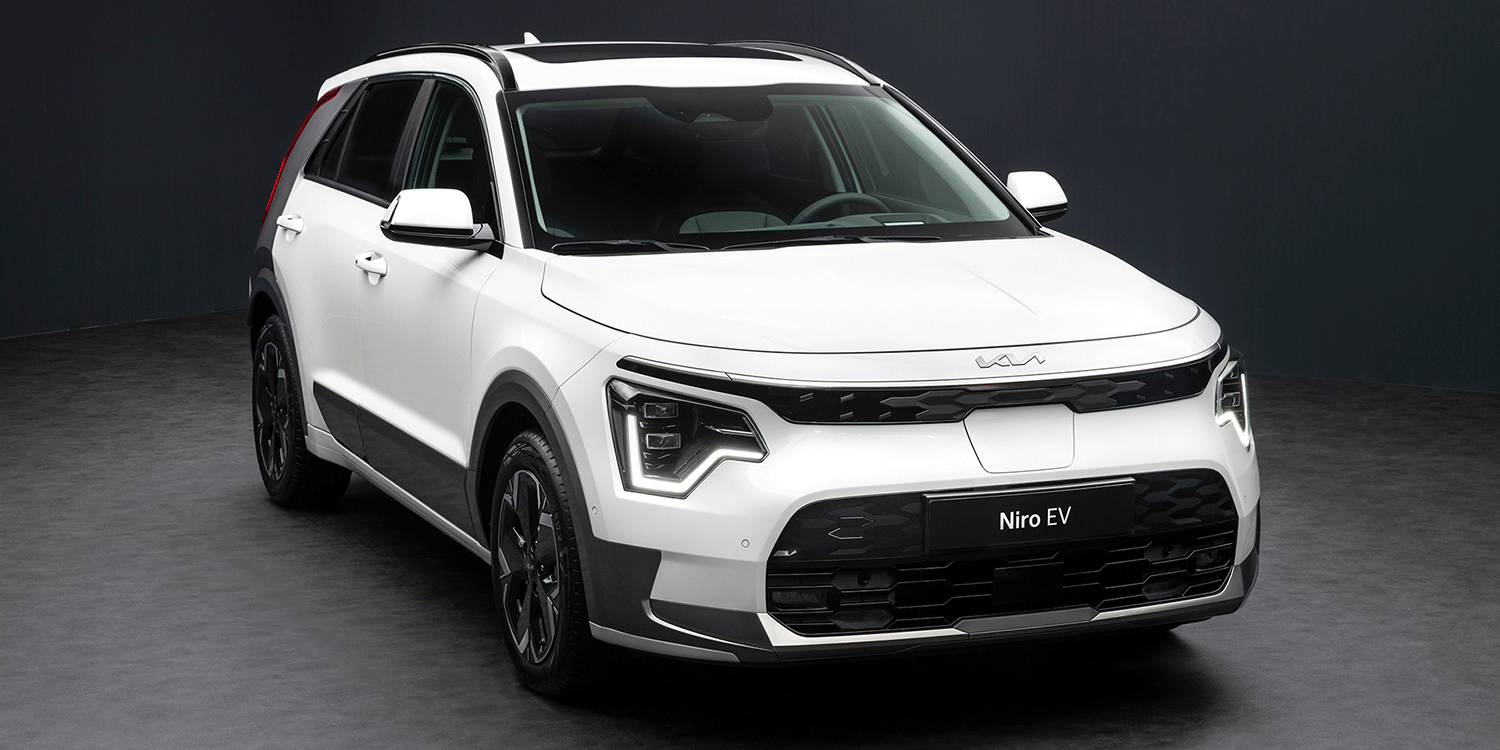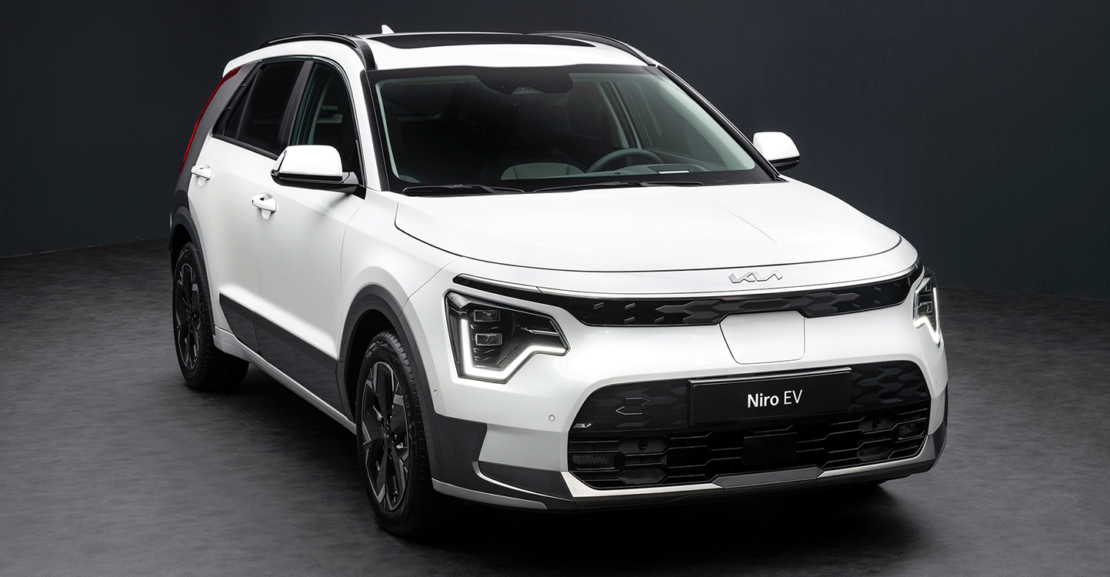
2023 for testing The Kia Niro EV Is More Practical Than Exciting to Drive
It’s not always the case, but a lousy car doesn’t have to be exciting. When you’re behind the wheel of the Kia Niro EV, you might find yourself yawning once or twice. Still, the vehicle is surprisingly effective at fulfilling its mission, which is to provide an EPA-estimated range of 253 miles while adhering to an affordable pricing point. (When we tested it at 75 miles per hour on the interstate, it came up a little shy of that number at 210 miles.) Kia is currently scrambling to price the Niro in the aftermath of the news that it will not be qualified for the federal tax credit. This is due to the fact that Niro’s battery production and final assembly take place in Korea. The exact degree to which this vehicle is affordable is yet unknown.
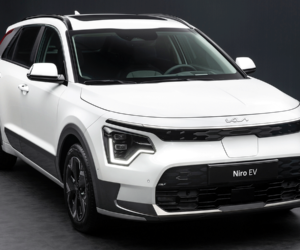
The Niro is a handsome two-box design that would blend in with the landscape of small crossovers if it weren’t for its avant-garde D-pillar, which is available in contrasting colors and recalls the signature side blade of the Audi R8. The Niro was built on the brand’s K3 architecture, which also underpins the Hyundai Elantra. (The extroverted D-pillar on the Niro is referred to as the aero blade by Kia, so the brand isn’t exactly trying to distance itself from R8 connotations.) Kia considers the Chevrolet Bolt EUV and the Volkswagen ID.4 to be their primary competitors among electric vehicles (EVs). In terms of length, the Niro EV is around five inches longer than the Bolt EUV, but it is more than six inches shorter than the ID.4. The fact that these two are considered to be competitors leads us to anticipate that the Niro EV will have a starting price of approximately $33,000 for the Wind trim level and will go up to a price of $40,000 for the Wave version that is fully loaded.
HIGHLIGHTS: According to the EPA, the range is 253 miles, the interior is stylish and functional, and there are no EV gimmicks.
In both iterations, the electric motor that drives the front wheels is rated at 201 horsepower. Kia calibrated the accelerator to gradually feed in power rather than slamming you with its 188 pound-feet of torque right off the line, which results in an acceleration that misses the neck-snapping punch of many electric vehicles (EVs). When Eco mode is engaged, the right pedal will act as though it is unaware that you are pressing it all the way down. Switching to Normal brings you closer to the experience you would normally have when using an Eco mode, whilst switching to Sport brings you closer to the experience you would have when using Normal. It will take you a lethargic 2.9 seconds to reach 30 miles per hour. No matter which mode is selected, the front tyres will not come loose as the vehicle accelerates from a stop. This is something that the older model of the Niro EV was able to achieve with relative ease. After thirty miles per hour, the engine will begin to send its full output to the road. In our hands, it accelerated to 60 mph in 6.7 seconds and through the quarter in 15.2 seconds at 94 mph. Both metrics beat the Bolt EUV by a tenth of a second.
Switching drive settings from Eco to Sport also adds heaviness to the steering effort. Normal and Eco modes give the most natural steering feel, and the Niro will cut into corners with precision, albeit without a lot of traction from its low-rolling-resistance all-season rubber. We measured 0.84 g on the skidpad. Hitting the brake pedal integrates regenerative braking and friction brakes in a natural and progressive manner that many EVs overlook. Hit them hard from 70 mph, and it’ll halt in 182 feet. Paddles on the back of the steering wheel are there not for gear selection—just there’s one gear—but to regulate the regen when you pull off the accelerator. One-pedal driving is feasible, and holding the left paddle will bring the Niro to a halt, even in less aggressive regen modes.
While regen will transfer some electrons back to the battery, eventually, you’ll have to plug in the Niro EV. Strangely, Kia doesn’t supply a 120-volt cord and expects consumers to rely on Level 2 hookups or the regular DC fast-charging capacity. Unlike the costlier EV6, the Niro has an 800-volt design that puts the fast in fast charging. Plug into a DC fast charger, and Kia guarantees you can take the battery from 10 to 80 per cent in roughly 45 minutes with a peak charging rate of about 85 kW. An EV6 can send a charge of 10 to 80 per cent in just 18 minutes. For comparison, in our tests, the Bolt EUV, one of the slowest-charging EVs on the market, went from 10 to 90 per cent in 84 minutes. Kia is tossing in 500 kWh of no-cost charging through Electrify America, which works out to over 2000 miles.
LOWS: Being free of EV gimmicks makes it a touch bland, lacking off-the-line oomph and ho-hum handling.
While you’re waiting for the battery to refuel, take a seat in the large cabin and admire the headliner, which is created from recycled wallpaper. Thank you, Grammy Mildred. The cloth on the seats is partially manufactured from eucalyptus, which will thrill koalas. A huge digital screen in front of the driver offers three various gauge looks coupled to drive modes. Kia’s easy-to-use infotainment system stands front and centre. For a while, we believed there was no volume knob, and then we hit the switch that turns the HVAC into radio controls. Suddenly the temp dial turned into a volume knob and then back again. Rear-seat passengers don’t have as many toys to play with, but they do have outstanding headroom and adult-grade legroom.
The battery-powered variant is one of the three powertrains available on the new Niro. There’s also a hybrid variant with a modest 1.3-kWh battery and a plug-in hybrid with up to 33 miles of range, and a larger 11.1-kWh battery. Kia predicts that 25 per cent of Niro consumers will go for the EV variant. It’s a competitive entry in a burgeoning field of sub-$40,000 EVs, even if we find it a little monotonous.

